Artists crave validation by others. You want your work to be appreciated. This is perfectly normal. Absolutely fine. You wouldn’t be human if you didn’t.
I know I crave validation in my work.
Being validated by others helps build confidence. It shows us we’re on the right path, or at least one that is good enough for now.
In Psychology Today, Sherry Gaba writes:
Validation is part of being interdependent and relying on the feedback and encouragement of others around us. Even very independent people still need validation in some aspects of their life; however, they are also able to accept their own self-validation if they do not get it from someone else.
She continues:
The problem arises when self-validation is not possible or is not valued. In other words, if an individual puts the opinion, approval, or recognition of someone else over their own feelings, they will need that external, other person’s validation on an ongoing basis.
In this episode of the Art Biz, I talk about validation and earning credibility.
There are so many directions I can go with this. I hope to provoke discussion, but also to help you realize the many ways it is possible to earn credibility for your art—many of which you will see that you are doing.
Listen to the Podcast
Table of Contents
First, a few definitions.
Validation, self-validation, and credibility: Here’s how I’m distinguishing these terms.
- Validation is a stamp of approval you seek from others.
- Self-validation is recognizing or confirming your own worthiness.
- Credibility is the level of trust that someone else places in your art. It’s the reason you want that validation, even though it might be a kind of higher-level thinking that hasn’t crossed your mind.
These three terms are entwined.
For artists, they start with a dedicated studio practice. Without this, it’s hard to project to others, let alone to convince yourself, that you are committed to your work. There are so many, many artists out there today that it’s a stretch to believe you’ll garner serious attention if you are producing sporadically.
Your position as a professional artist is elevated when you shoo away interruptions to your work, decline invitations that interfere with a series or project, and show up when required.
A dedicated studio practice leads to more confidence in your art and that necessary stamp of self-approval before seeking it from anyone else.
Now let’s go where most of us search for quick validation.
Validation from social media.
Or, rather, false validation from social media.
It’s true, and I hate saying this, that the more followers you have, the more likely I am to pay attention to you and your art because others have given you their thumbs up at some point.
And your social feed is more likely to maintain my attention if it emphasizes art as the center of your life. Art, art, and more art. That’s what I want to see from an artist who seeks reflection and critical attention.
However, we have to acknowledge that there is a false sense of validation from social media. I think Sara Schroeder felt that when she talked about wanting to be “more than an Instagram artist.” She grew her Instagram following quickly and had to take a step (or two) back to contemplate what she really wanted from her art. Listen to my conversation with her in episode 119.
While it feels good to get those followers, likes, comments, and shares on social media, at some point you have to wonder what they all mean.
Who is doing the following, liking, commenting, and sharing? How are those interactions helping you in the long run? What happens when you don’t get enough likes or comments?
This begs the question: Who are you seeking validation from?
Validation from sales.
For many artists, the ultimate validation is when someone buys your art.
With the acquisition, the patron is saying that they love the work enough to live with it forever. Or at least for a very long time.
Imagine. I don’t think we celebrate enough the fact that a collector has made a real commitment to our art. We’re always busy looking for the next sale.
Sales, as you know, aren’t easy to come by. Even some of the best known artists from art history struggled for years, and even a lifetime, to sell their art. This is why it’s important to recognize the many other ways to find validation and earn credibility.
Validation beyond social media.
If you’re just looking for a quick sale or new student sign-up, the likes and followers you receive on social media might be enough.
But when you want staying power … when you want your work to be meaningful … you’re looking for validation from higher levels.
- You want to be part of shows that curators are organizing.
- You want gallery representation.
- You want widely read publications to feature your art.
- You want to see your art in museum exhibitions and collections.
- You want more solo exhibitions, including those at museums.
- You want prestigious art awards from national and international foundations.
- You want top collectors to add your work to their list of artists.
All of these were around before social media and they are still desirable for serious artists.
Let’s consider these separately by breaking them down.
Validation from awards.
Artists often seek blue ribbons and juror awards early in their careers.
You’re entering juried competitions and adding experience by seeing your work alongside others. A physical or monetary award means, at least to that juror, that your work stood out among the rest. That feels good!
As your career advances, you realize that such awards are not viewed as prestigious to those in the higher levels of the art world.
Other awards, such as grants and paid residencies, which are given by esteemed art organizations and foundations, take over your radar.
You start looking for these and understanding how they fit with your goals—recognizing their desirability as you add more notches to your resume.
While you have heard of Pollock-Krasner Foundation or so-called MacArthur genius grants for artists, there are so many other foundations and organizations that exist to help you succeed.
Listen to my conversation with Louise Mortorano in episode 118 as just one example of the type of local and regional support artists can access.
Validation from exhibition venues.
As I said, it is nice to get those ribbons from juried exhibitions early in your career, but in order to advance, you want increasingly prestigious venues to show and sell your art.
And you start looking for or putting together your own solo shows because they stretch your professional muscles. They force you to look at and think critically about a body of work as a whole.
The pinnacle of sales venues is, of course, the blue chip gallery, which is, realistically, out of reach for the vast majority of artists. Instead, you look for representation by regional galleries and continue to add more until they can support you and you, in turn, can supply them with enough work.
Be sure you listen to episode 123 where I talk with gallerist Jeremy Tessmer about the qualities he looks for in artists. Among the many wise insights that have been remarked on by listeners, Jeremy said, “All of us need each other, and need to be helping people find their way and expanding the art world.”
Of course there are many exhibition venues other than commercial galleries.
Nonprofit venues, like art centers and small local museums, don’t emphasize sales, but are a valuable stepping stone in artist’s career. I talked with artist and curator Collin Parson about how he works with artists at his regional art center in episode 116. Parson said, “I always tell artists sometimes you have to be patient. Just let me know you’re out there.”
Of course, the pinnacle of exhibition venues is the art museum whose exhibition program is headed by a scholarly curator. While you might tend to think of only the biggest and most prestigious institutions for showing work, this is short-sighted.
The last number I have, from the Institute of Museum and Library Services in 2013, counted more than 1500 art museums in the U.S. alone. That’s a lot of potential! And it’s anyone’s guess as to how many galleries and art centers there are.
Validation from catalogs.
Like a solo exhibition, a catalog shows your work, carefully and thoughtfully selected, in its best light.
I’m making catalogs a separate category because of the special place they have in the art world. Gallery, museum, and auction house catalogs are part of a time-honored tradition—documenting the work while giving it close consideration from scholars and critics.
Traditionally catalogs are tied to exhibitions of your art, but you might also have a catalog of a body of work or highlights from your entire career.
While it’s wonderful when someone wants to write about your art, you can help them along by writing and speaking about the work yourself.
It’s perfectly legitimate to throw the work out there without any frame of reference and hope that people get it. But imagine how much easier it is for someone to want to write about your work when you’ve taken the time to articulate the meaning behind what you make.
You can hire art writers to write essays about your work for a catalog. Of course it lends credibility to the work when someone other than you writes about it.
Geoffrey Gorman mentioned the catalog of his art back in episode 124 and I’ve written about what to include and in my book, I’d Rather Be in the Studio.
Validation from the media.
Being featured in an article or post by someone else is an ego boost, but also instantly enhances your credibility.
Those of us, ahem, of a certain age, are temped to think of the media as newspapers, magazines, radio, and television, but the term media encompasses so much more than that today.
With print publications vanishing, we have to broaden our definition of the media to include digital magazines and blogs as well as podcasts, videos, livestream interviews, and probably more that’s not even on my radar.
Many artists hire podcast firms to get them booked on podcast shows like this one. While I rarely book a guest suggested by a publicist, I have done it with happy results.
I’m not saying you need to hire a publicist, but if you have a story that is interesting to others, learn how to write a good podcast pitch. Back in episode 63 I walked through 5 steps for pitching your podcast to me or anyone else.
Artists who have made great pitches to this podcast and later appeared on the show include Leisa Collins (episode 110) and Lilianne Milgrom, whom I actually talked with about her pitch in episode 87.
Validation from a live audience.
Of course you hope that lots of people will go see your exhibitions, but you feel appreciated and heard when you are interacting with others about your art.
Maybe you give gallery talks or lectures that provide context for your art.
Or you do livestreams where people can comment in real time.
Or maybe you teach and discover that your ideas are useful and your teaching methodology is solid, and that you do, indeed, have something to contribute to the world.
Preparing a presentation for a live audience forces you to organize your thoughts, making you look more professional. When you do it regularly, it becomes second nature. You improve. And more people will notice and invite you to share your thoughts on their platforms. More validation. Increased credibility.
Validation from within.
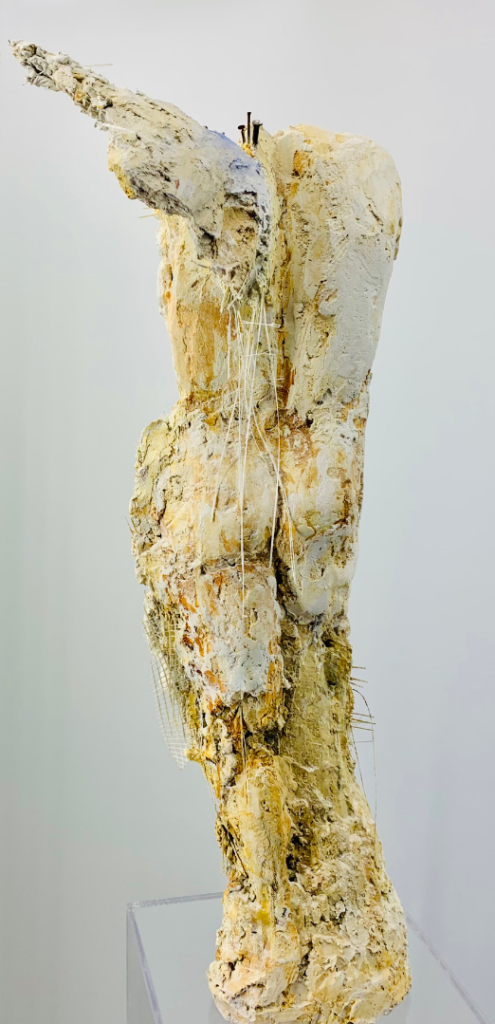
All of these ways of finding outside validation for the work you do are legitimate, but my hope is that you find, above all, a high level of self-validation. That you recognize the work you do is valid just for the mere fact that it came into existence from a few art supplies and your imagination.
Others are more likely to pay attention knowing that you value your own work.
I want to wrap this up with a quote from Tony Oursler. It’s from an interview he did with Lauren Harkrader in the book In the Making: Creative Options for Contemporary Art by Linda Weintraub. Oursler says …
I think it’s really important for people to understand that the way the art system is set up, you’re always waiting to be validated from the outside. The biggest struggle in the arts is to realize that you have to validate yourself from the inside. You’re going to be set up for disappointment and failure if you believe that the only way to be a success is to be validated from the outside, because you can’t control that. There’s no way to control the reaction you’re going to get from the world.




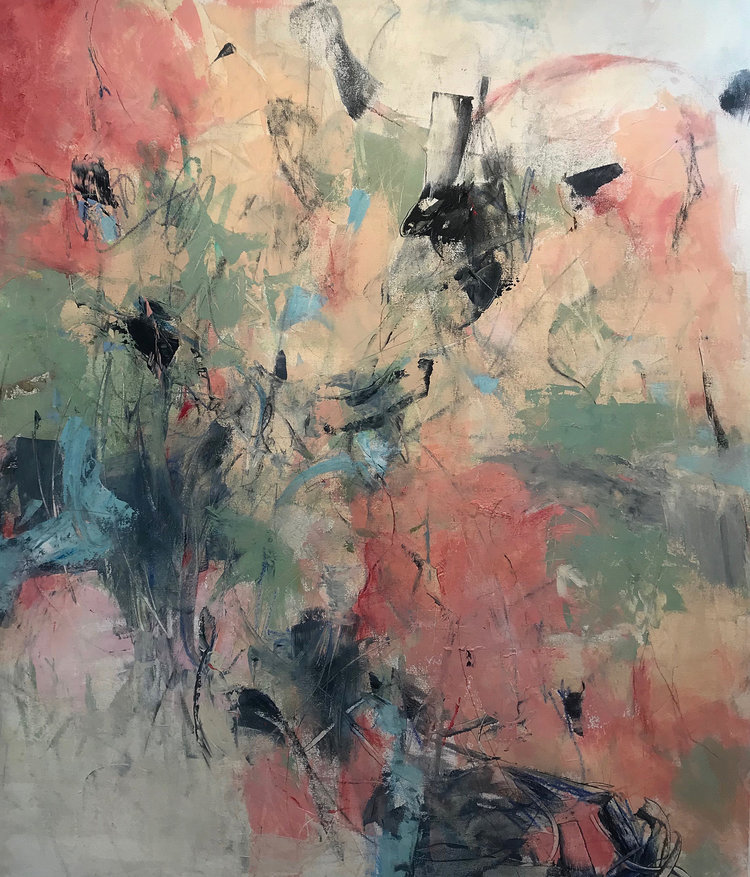
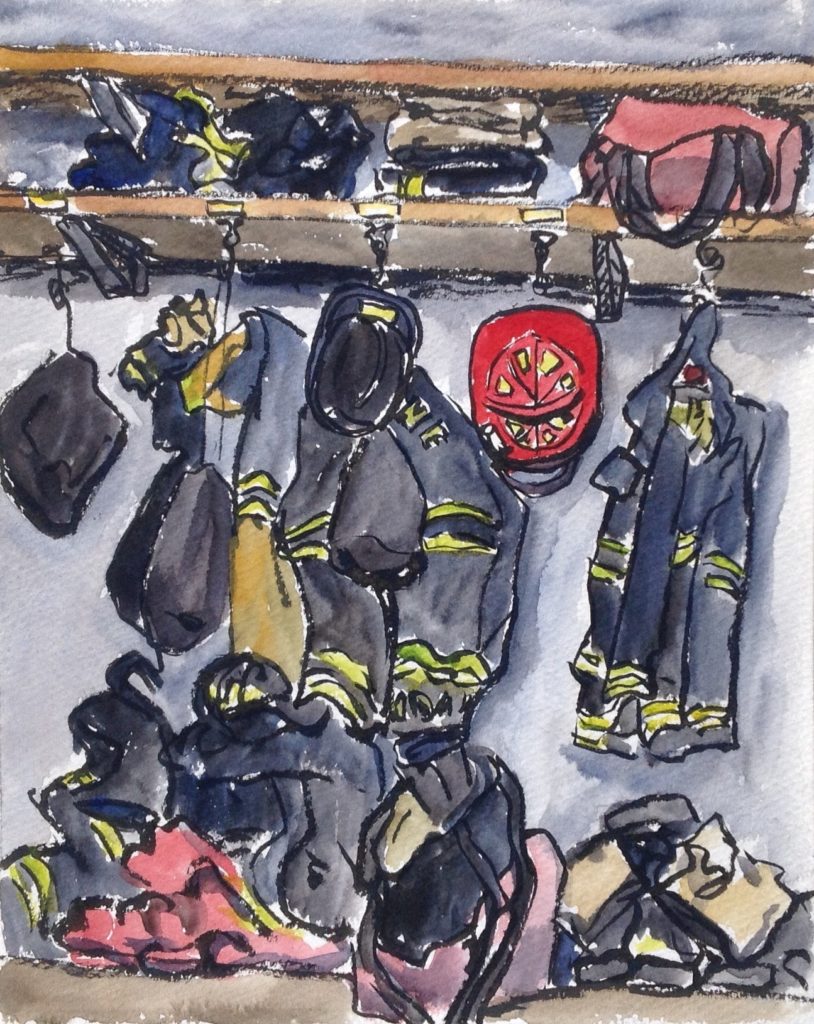
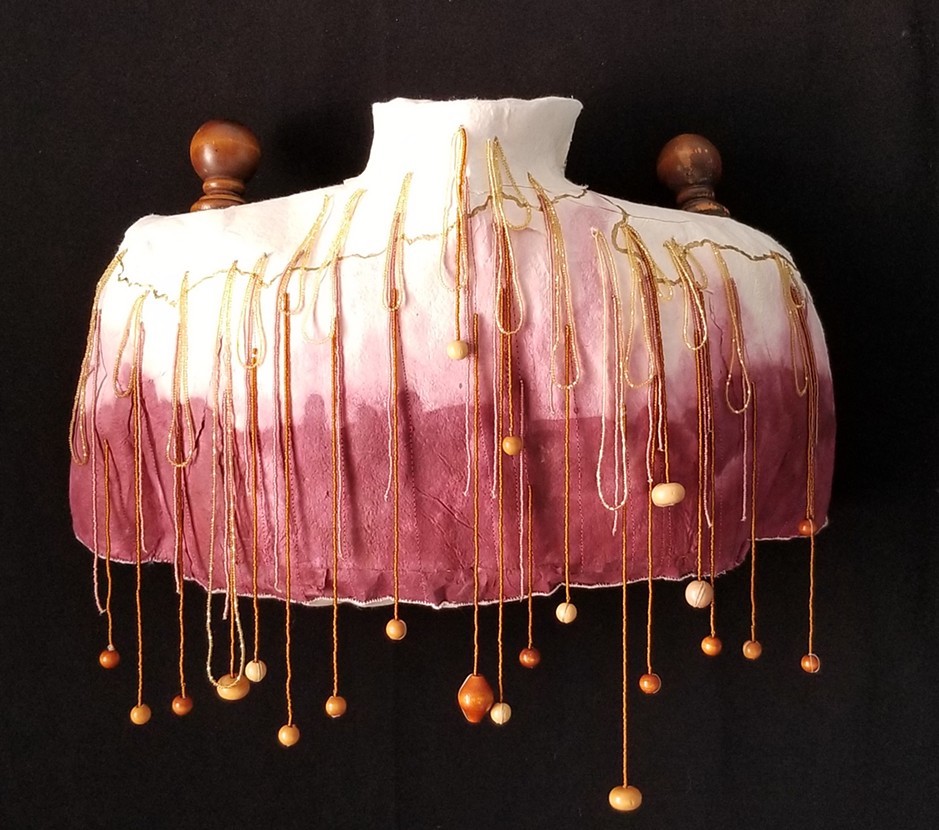
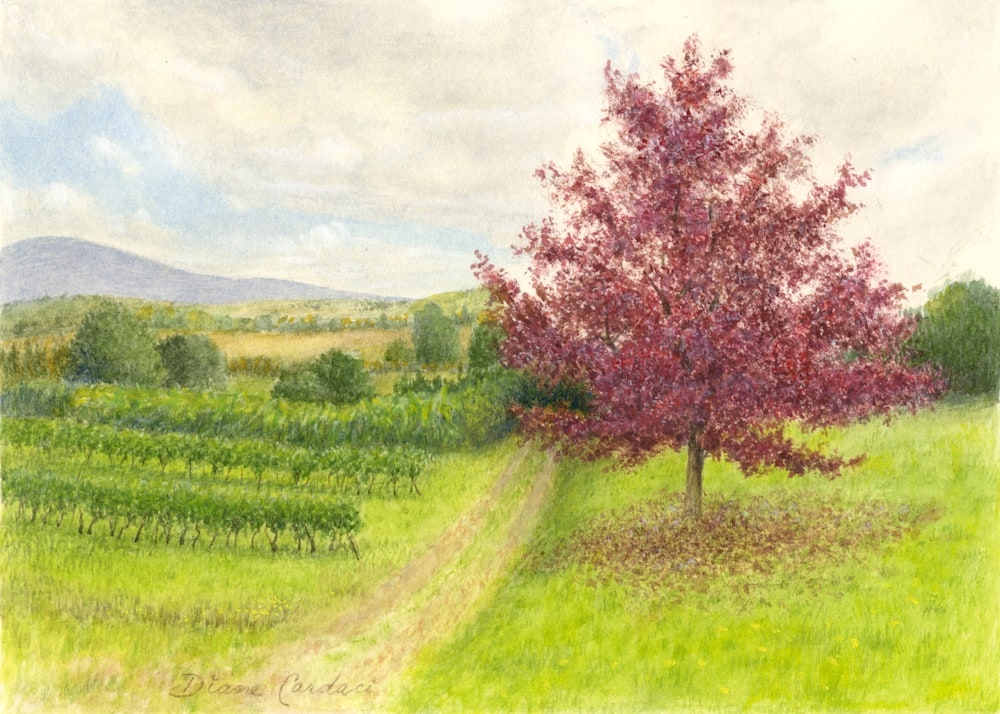


7 thoughts on “The Art Biz ep. 129: Seeking Validation and Earning Credibility as an Artist”
This is a very hard concept to live, though I agree with all points. Self-validating is essential, though it doesn’t pay the bills. I also think there’s a time and space where artists get caught up in their own heads- especially when starting out- when we need to understand from an unbiased view point that our work is terrible, and needs improvement. Otherwise you wind up with an overly conceited impression of your work which helps no one.
This is such a wonderful post/pod! So relevant to what I am going through right now, but I also think most artists wonder about this subject much of the time. We ask ourselves; What is my motivation? Why do I do this? What direction is right for me? This post/pod breaks these important, but amorphous questions down into understandable parts. It gives different possibilities for fulfilling the need for validation in concrete ways.
Leslie: Thanks for listening. I’m happy you found it helpful.
So beautifully articulated and broken down. I think the wonderful (and sometimes difficult) reality of working to improve your art, and where it is seen, is a constant learning curve. Feel lucky to have you, Alyson and The Art Biz, along for the journey, offering steps, inspiration, support and encouragement!
Love your voice in writing and spoken words- the content is always so rich.
i love the way you write and how you elaborate on each of these aspects. i love how you go in depth about the different kinds of validation artists would want to receive from their work, but I especially like that you highlighted in the end the most important validation artists need to have, and that is self-validation. self-validation and intrinsic motivation are always connected. i think the way artists can really live a fulfilling life is to have a balance of both worlds. by building self-confidence and self-validation, while also being aware of imperfections and being open to feedbacks from peers. we are aware of our strengths and also our weakness. it’s being self-confident but not egotistical. i think that is healthy way that comparison and validation could co-exist at the same time. thanks for this! <3
Yans: I am very happy that this resonated with you. Thanks for reading and listening.